In Honor Of “Bridgerton,” Here Are Our Favorite (Real) Courtship Rules From The Regency Era
If you love period pieces, you’ve likely binged “Bridgerton” on Netflix.
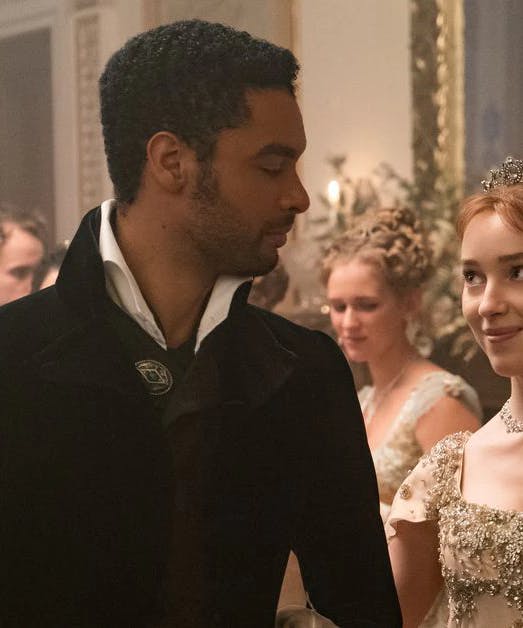
The show explores the dating and courtship scene in Regency-era England. Many of us are familiar with the Regency era from Jane Austen novels. And many of us romanticize the era, even though many of the courtship rules weren’t ideal as marriage was largely seen as an economic institution. However, there were still plenty of courtship rules that we love from the Regency era.
Prospects Attended Balls and Socials
One of the many reasons why we love historical love stories is that they seem so much more romantic. As seen on Bridgerton and in many Jane Austen novels, courtships often begin at balls and social events.
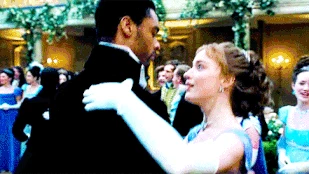
Regency romance author Regina Jeffers writes, “To meet the ‘perfect’ or ‘not-so-perfect’ mate, one attended dances (private balls and public assemblies) or other socials. Family and friends were a source of potential mates. When someone of interest appeared, finding private time to learn more of one another was difficult. A young lady was expected to be chaperoned at all times. Dancing was one of the few activities in which the couple could participate and hold a conversation. However, a couple could dance no more than two 30 minute sets, otherwise, the couple would be thought to have an understanding in place, meaning they were considered engaged.”
“Apart from dancing, young people attended family parties or functions," Jeffers continues. "At such social events, one was expected to be sociable with everyone in attendance. Again, spending time alone together was nearly nonexistent. Walking out or riding together required proper chaperones.”
Other than having to have a chaperone and being unable to spend time alone together, I wouldn’t mind seeing this custom make a comeback. I’d take being set up with a guy at a ball where we could dance over getting set up with a guy in a crowded bar any day. It’s so much more romantic and beautiful than casually meeting someone.
The Man Asks the Father of the Bride’s Permission after She Accepts the Proposal
Even though some consider it outdated and sexist, a man asking for his future bride's father for permission to marry his daughter is a common practice. This was common in the Regency era too, but with a twist. It’s widely believed that women in the Regency era didn’t have any power in the dating scene, but they did have some power.
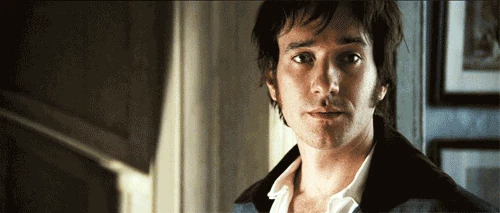
Unlike today, the man didn’t ask for permission from his future bride’s father until she accepted the proposal. Women had the power to turn down proposals (Lizzy Bennet rejected Mr. Collins after all), and that power mattered. Since it’s widely believed that the dating scene in the Regency era was entirely oppressive, it’s nice to know that women had the power to decide their own martial fate.
Letters Could Only Be Sent after the Engagement Was Official
Remember in Pride and Prejudice when Elizabeth was taken aback when she received a letter from Darcy? This was because it was a social taboo to exchange letters in courtship before an official engagement.
Luckily, there were other romantic ways for a courting couple to communicate, as Regency romance author Donna Hatch writes, “If the man wished to get better acquainted with the lady he’d met, he might send her flowers the next day (but never gifts or letters), and later pay a visit upon the family during their ‘at home’ hours where her mother or aunt or other chaperone would be present. He might take her for a stroll in one of the walking parks, with a chaperone close at hand. He might even take her riding on horseback or in an open carriage — open being the operative word since riding in a closed carriage could ruin her reputation as quickly as being alone in a house with a man.”
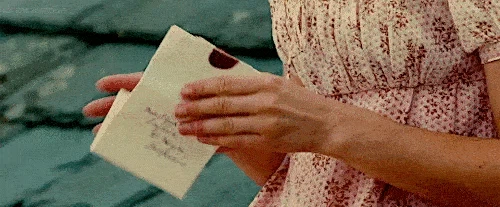
I love the idea that courting couples could only communicate in person. They didn’t have many choices other than meeting in person in the Regency era due to the lack of technology. It’s no secret that technology like social media and texting is bad for relationships. Being unable to exchange letters before an engagement probably helped Regency era couples find more clarity in their relationship, and that could help us too if we didn’t rely so much on technology for communication.
Friendship and Compatibility Were Prioritized over Romance
Since marriage was often necessary for economic reasons in the Regency era, love wasn’t always the end goal. Though the idea of marriage for love was growing in popularity, it wasn’t until the Victorian era when marriage was seen as a love match.
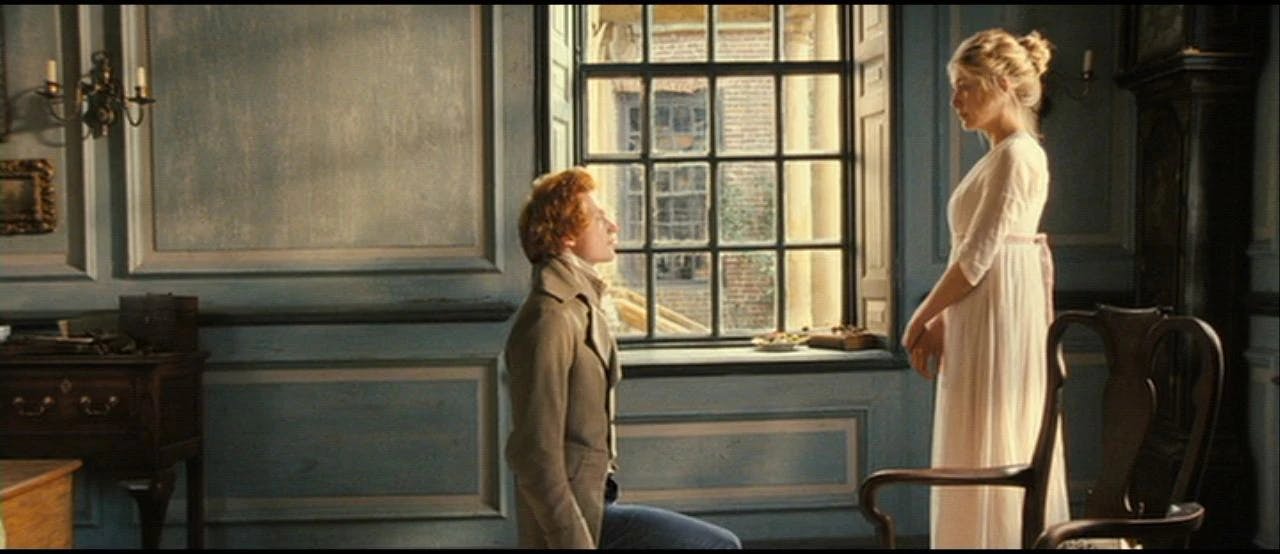
Since many women in the Regency era needed to marry to survive, many of them would rather marry someone they were friendly and compatible with over someone they had a passionate connection with. Though it would be ideal to marry for love, I like this rule because it ensured that the couples would still have some happiness in their marriage.
Some passionate romances are fleeting, but true friendship and compatibility with a partner are meant to last. Though it’s ideal for all three factors to exist at the same time, I would rather marry someone who I knew would take care of me than someone I had a passionate affair with if I lived in the Regency era. I also like this rule because, in modern times, we often pay attention more to the passion for sexual and romantic relationships over compatibility and friendship. In truth, we should consider all three factors if we want a successful relationship and marriage.
Closing Thoughts
The Regency era is an entirely different world from our current era. Though some of the courtship rules were far from ideal, there were still plenty of courtship rules that were good and that we should embrace today to bring back chivalry and romance.